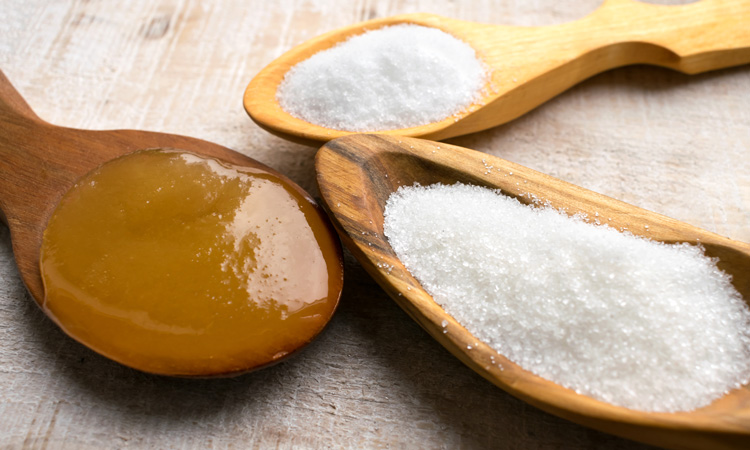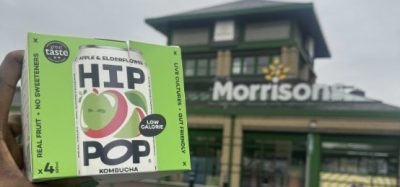Study calls for robust monitoring of sugar and sweetener content in foods
- Like
- Digg
- Del
- Tumblr
- VKontakte
- Buffer
- Love This
- Odnoklassniki
- Meneame
- Blogger
- Amazon
- Yahoo Mail
- Gmail
- AOL
- Newsvine
- HackerNews
- Evernote
- MySpace
- Mail.ru
- Viadeo
- Line
- Comments
- Yummly
- SMS
- Viber
- Telegram
- Subscribe
- Skype
- Facebook Messenger
- Kakao
- LiveJournal
- Yammer
- Edgar
- Fintel
- Mix
- Instapaper
- Copy Link
Posted: 30 July 2020 | Sam Mehmet (New Food) | No comments yet
After revealing an increase in caloric sugar and nonnutritive sweetener consumption in the US, researchers have reinforced the need to maintain data systems which monitor food and beverage content in order to better assess their health implications.


A new study has found that purchases by US households of foods and beverages containing caloric sweetener (CS, i.e., sugar) declined between 2002 and 2018 while purchases of products containing both caloric sugars and nonnutritive sweeteners (NNS, i.e., sugar substitutes) increased.
“With excessive sugar consumption linked to chronic cardiometabolic diseases, sugar reduction has become an important public health strategy. This has resulted in greater innovation by the food industry and increased use of NNS in our food supply,” said lead investigator Barry Popkin, PhD, W.R. Kenan Jr. Distinguished Professor, Department of Nutrition, Gillings Global School of Public Health, and Carolina Population Center, The University of North Carolina at Chapel Hill.
NNS include aspartame, saccharin, rebaudioside A (reb-A), and sucralose, which provide sweetness to products without the calories of sugar or high fructose corn syrup.
The study looked at how the prevalence and volume of foods that contain commonly consumed NNS types in the US packaged food supply had changed between 2002 and 2018. Co-investigator and Gillings Global School of Public Health Associate Professor Shu Wen Ng, PhD, said the study found a decline in prevalence of products containing aspartame and saccharin, but an increase in those with sucralose (increased from 38.7 percent to 71 percent) and reb-A (increased from 0.1 percent to 25.9 percent).
They explained that beverages accounted for most of products purchased containing NNS only or combined with CS. Compared to households without children, households with children were noted to be buying more packaged beverages and foods products that contain NNS. While this aligns with the public health objectives, the researchers said it also raised other concerns about exposure to NNS.
The analysis used a nationally representative dataset on household purchases at the barcode level (Nielsen Homescan) in 2002 and 2018 linked with Nutrition Facts Panel (NFP) data and ingredient information using commercial nutrition databases that are updated regularly to capture reformulations. Keyword searches were performed on ingredient lists to classify products containing various types of NNS. The investigators then derived each household’s total volume purchased per capita per day in 2002 and 2018 that contained NNS and/or caloric sugars and the percent of households purchasing foods and beverages by sweetener type.
Dr. Elizabeth Dunford, also affiliated with UNC’s Gillings Global School of Public Health, and Carolina Population Center, said: “There is a need to be able to track our exposure to specific types of sweeteners in order to properly understand their health implications. The change to the food supply our study documents reinforces the need to develop and maintain the data systems to monitor what companies are putting in their foods. This work can help complement new and emerging clinical evidence about the different cardiometabolic and health effects of each NNS type.”
“Considering further improvements to the Nutrition Facts label to include the amounts of NNS when present in products can allow monitoring of our exposure to these additives so that we can better assess their potential harms or benefits on health,” added Dr Ng.
Related topics
Health & Nutrition, Ingredients, Research & development, The consumer








